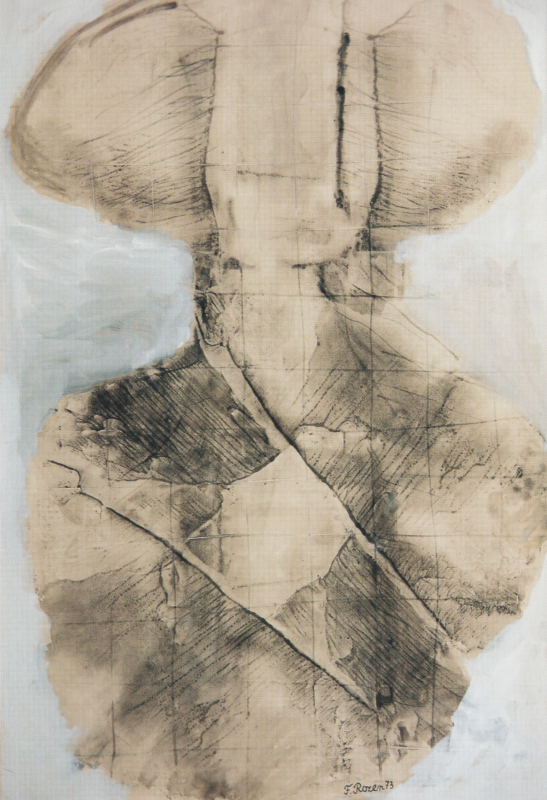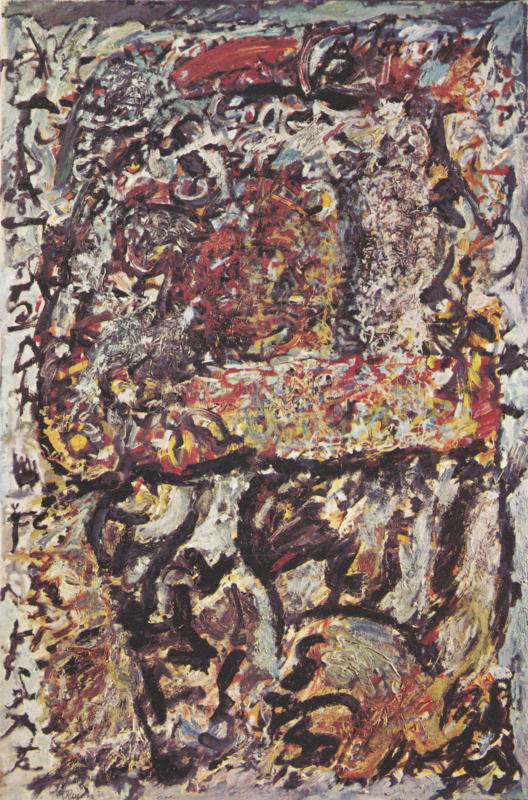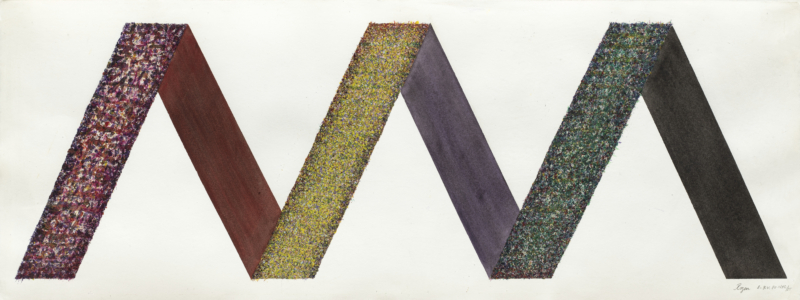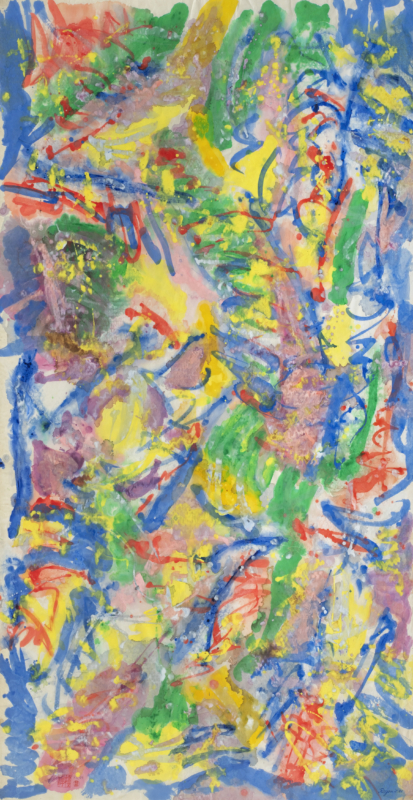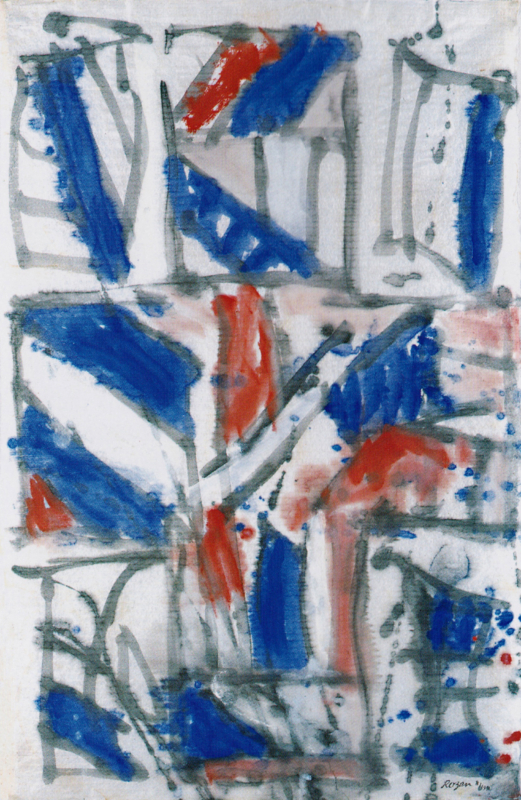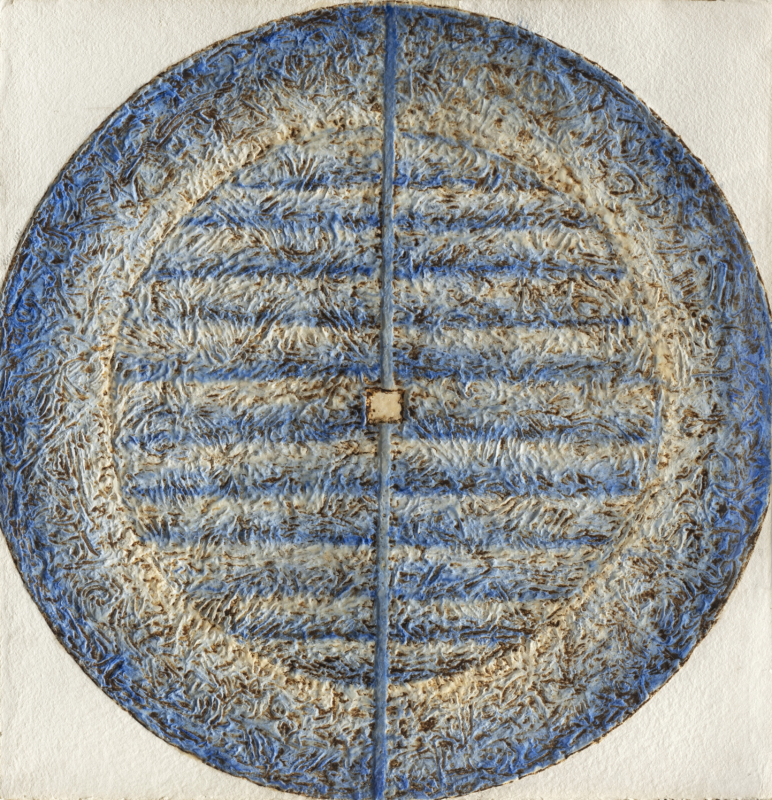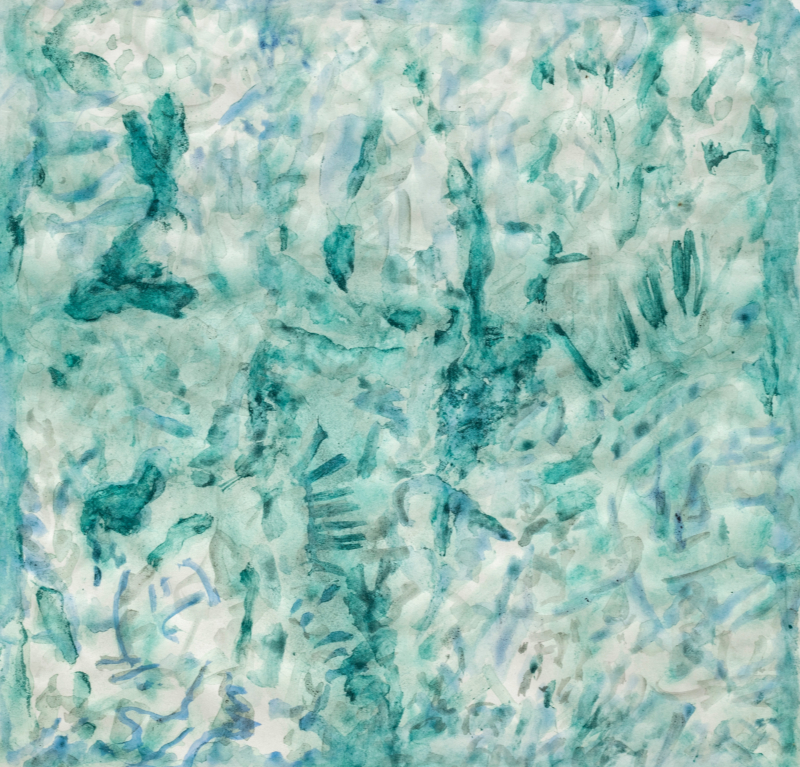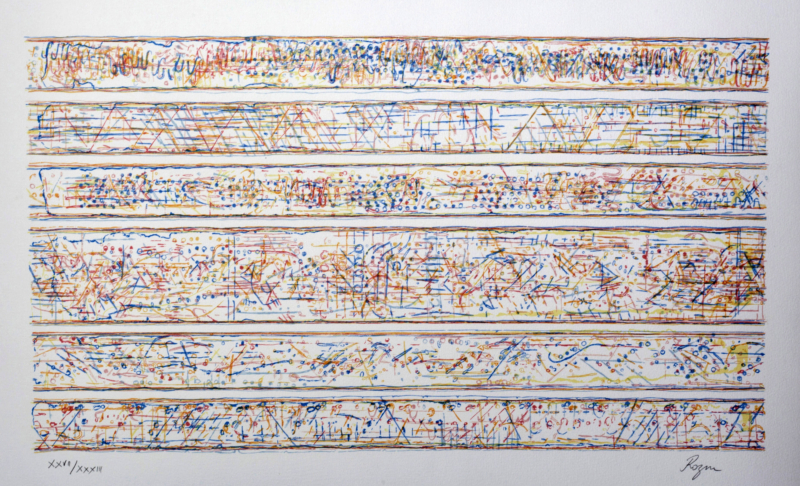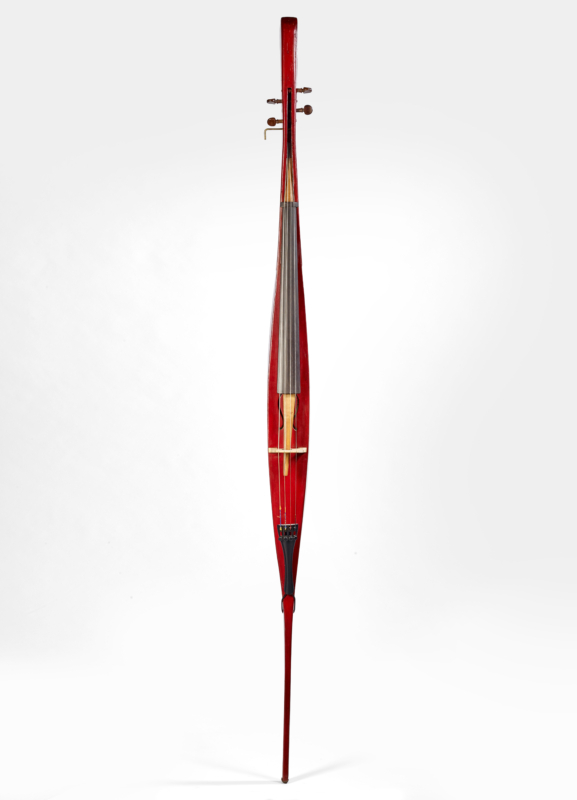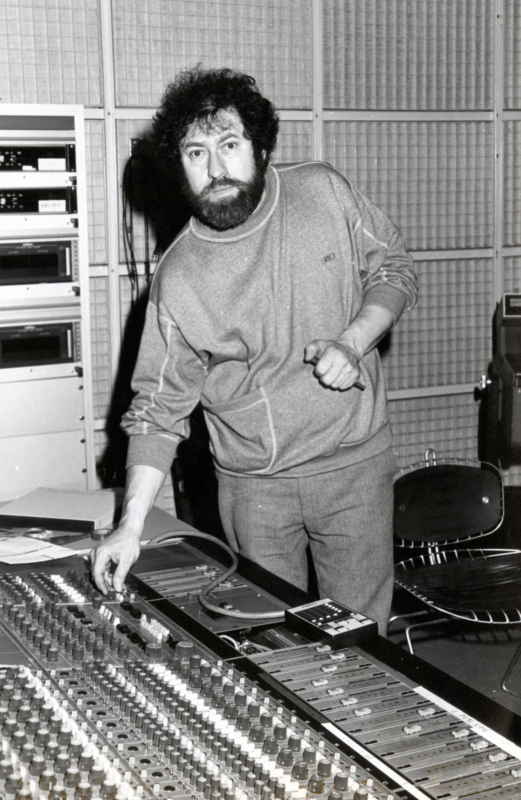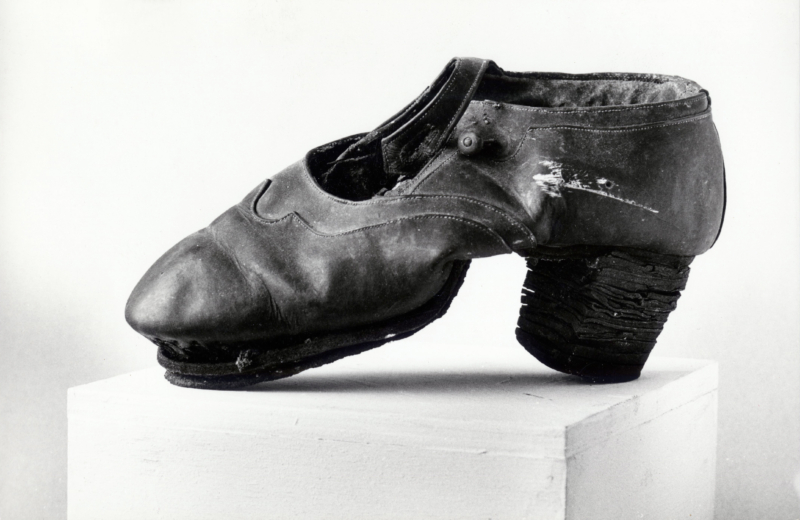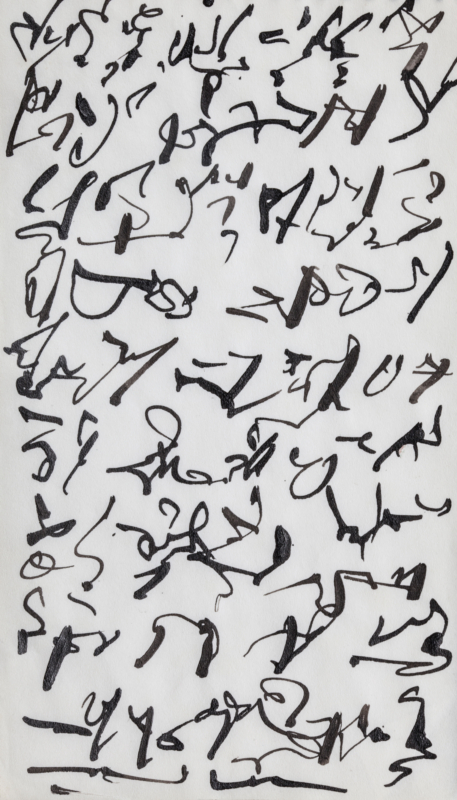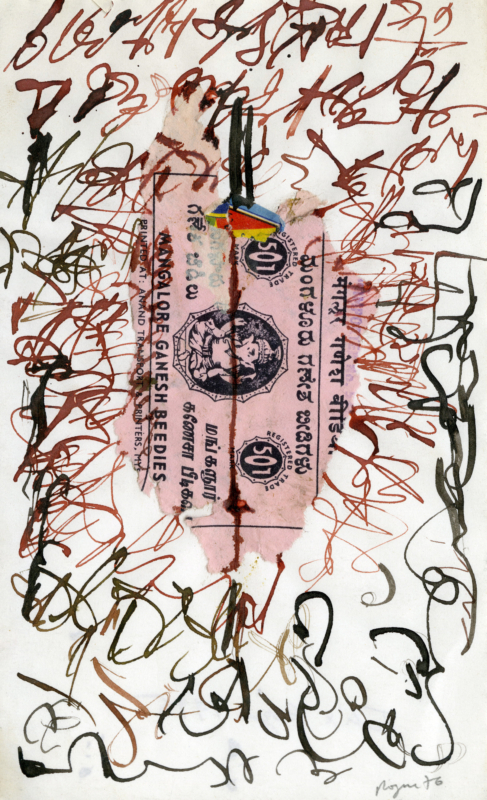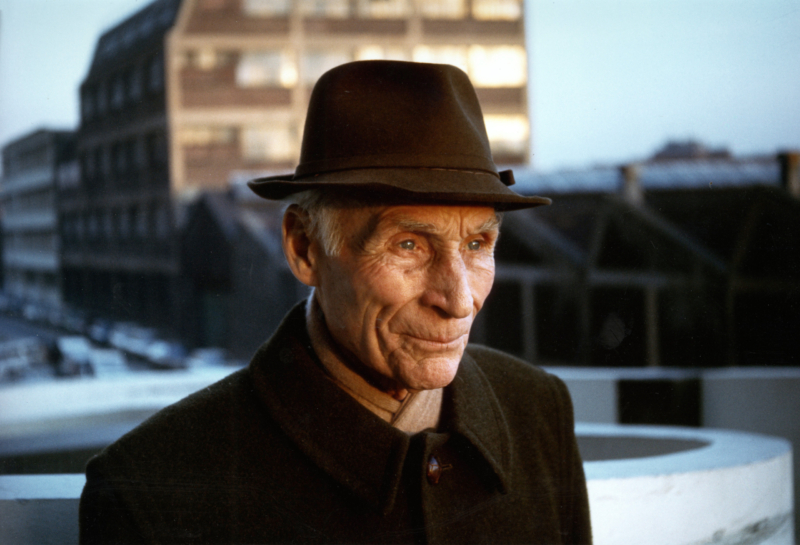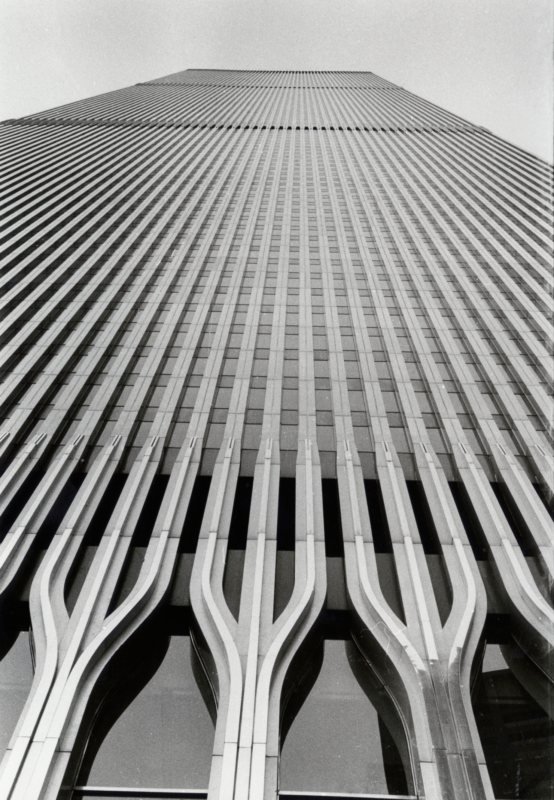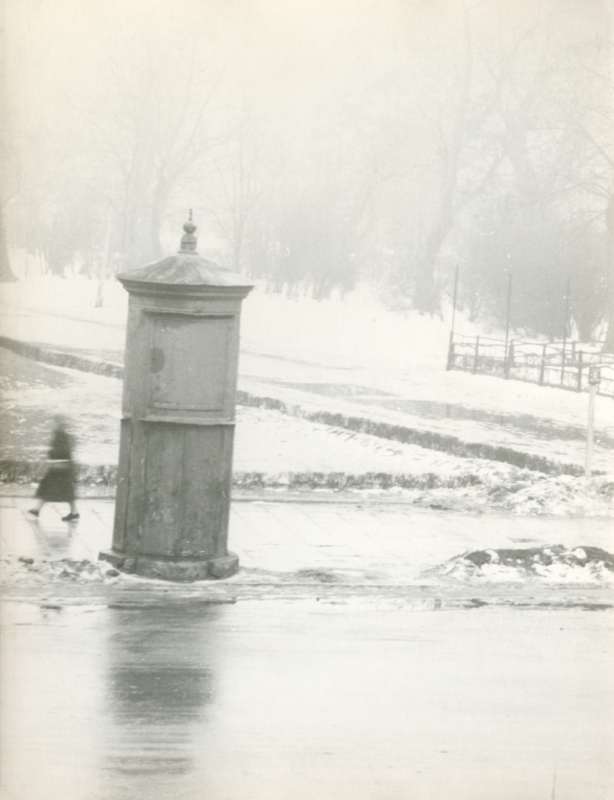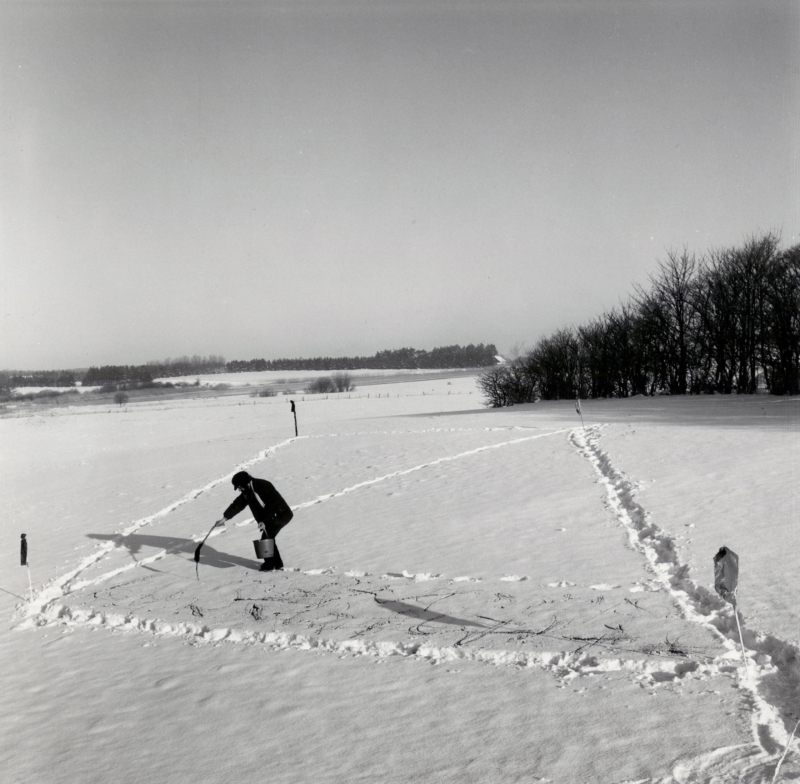Letters to Paul Klee (2003-2006)
Paintings
This painting is meant to be listened to. It echoes an entire life experience, not so as to forget the loss of music-loving parents or that of an older brother, killed on the Belarusian front and all the vicissitudes of an eventful youth between Russia and Poland in a climate of political and religious unrest, but to build, from the moment of his arrival in Paris in 1966, a future based on talent and work. As Marcelin Pleynet points out, Rozen’s work is no longer frontal nor even three-dimensional; it is situated in its relationship to music, in a movement or rather an inner impetus that institutes it in [the prospect of] “entering a frame.”
Jean-François Jaeger, catalog of the exhibition “Letters to Paul Klee (25 paintings on Japanese paper),” at the Jeanne Bucher Gallery, in 2006.
This painting is meant to be listened to. It echoes an entire life experience, not so as to forget the loss of music-loving parents or…
This painting is meant to be listened to. It echoes an entire life experience, not so as to forget the loss of music-loving parents or that of an older brother, killed on the Belarusian front and all the vicissitudes of an eventful youth between Russia and Poland in a climate of political and religious unrest, but to build, from the moment of his arrival in Paris in 1966, a future based on talent and work. As Marcelin Pleynet points out, Rozen’s work is no longer frontal nor even three-dimensional; it is situated in its relationship to music, in a movement or rather an inner impetus that institutes it in [the prospect of] “entering a frame.”
Jean-François Jaeger, catalog of the exhibition “Letters to Paul Klee (25 paintings on Japanese paper),” at the Jeanne Bucher Gallery, in 2006.
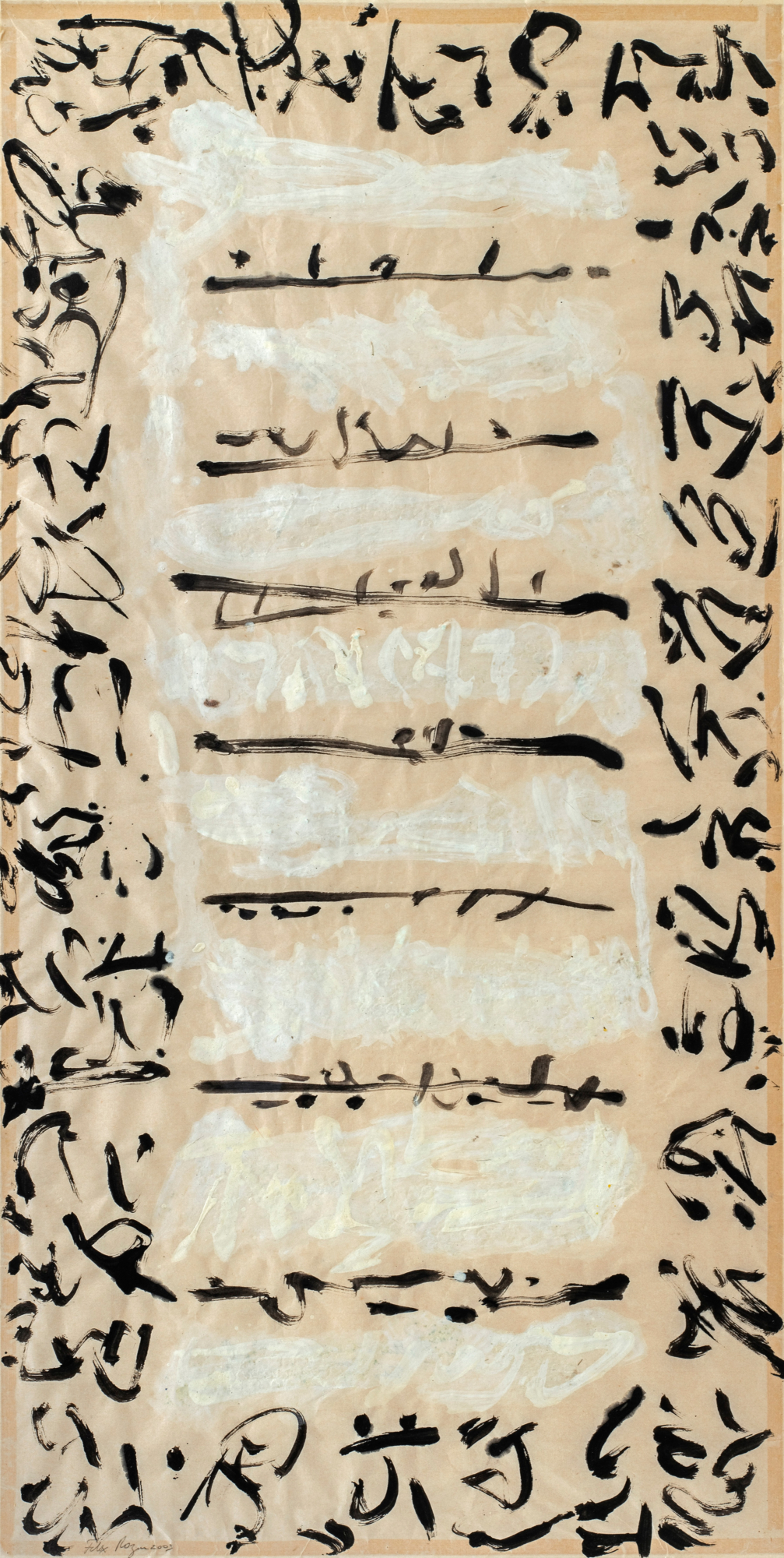
Letter to Paul Klee 1, 2003, mixed media on Japanese paper, 50 × 26 in., photo Jean-Louis Losi.
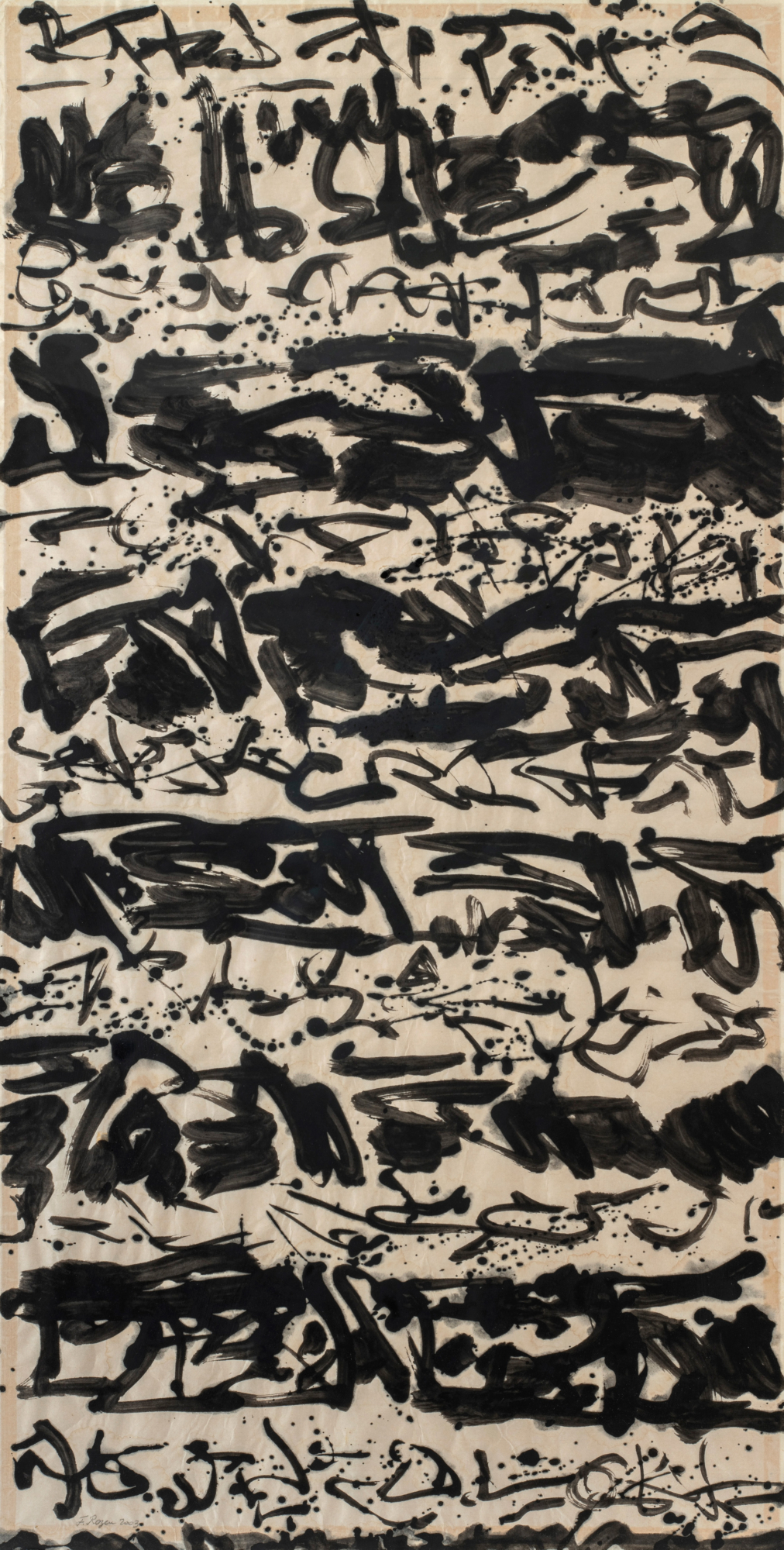
Letter to Paul Klee 2, 2003, mixed media on Japanese paper, 50 × 25 in., photo Jean-Louis Losi.
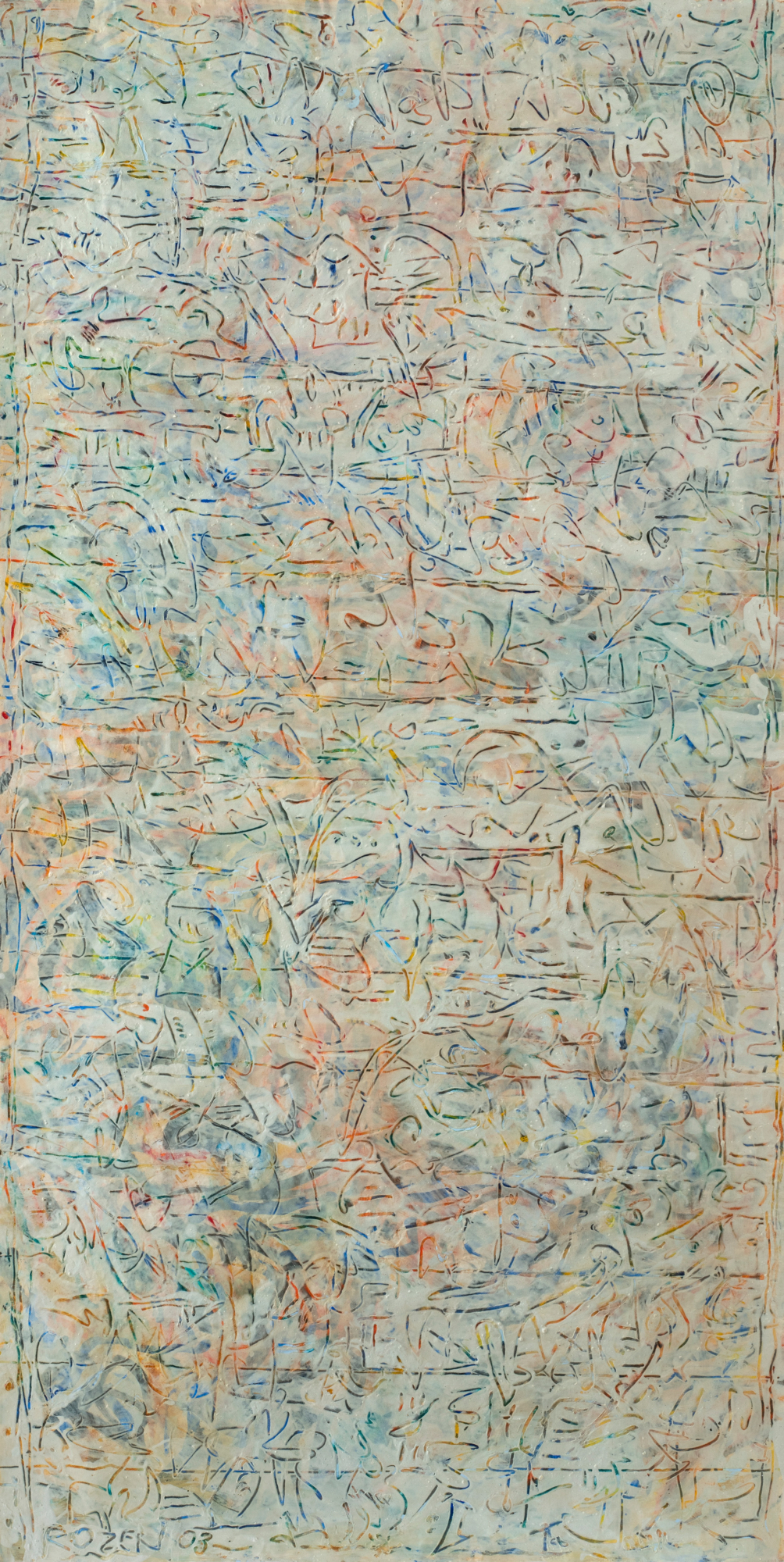
Letter to Paul Klee 5, 2003, mixed media on Japanese paper, 50 × 26 in., photo Jean-Louis Losi.
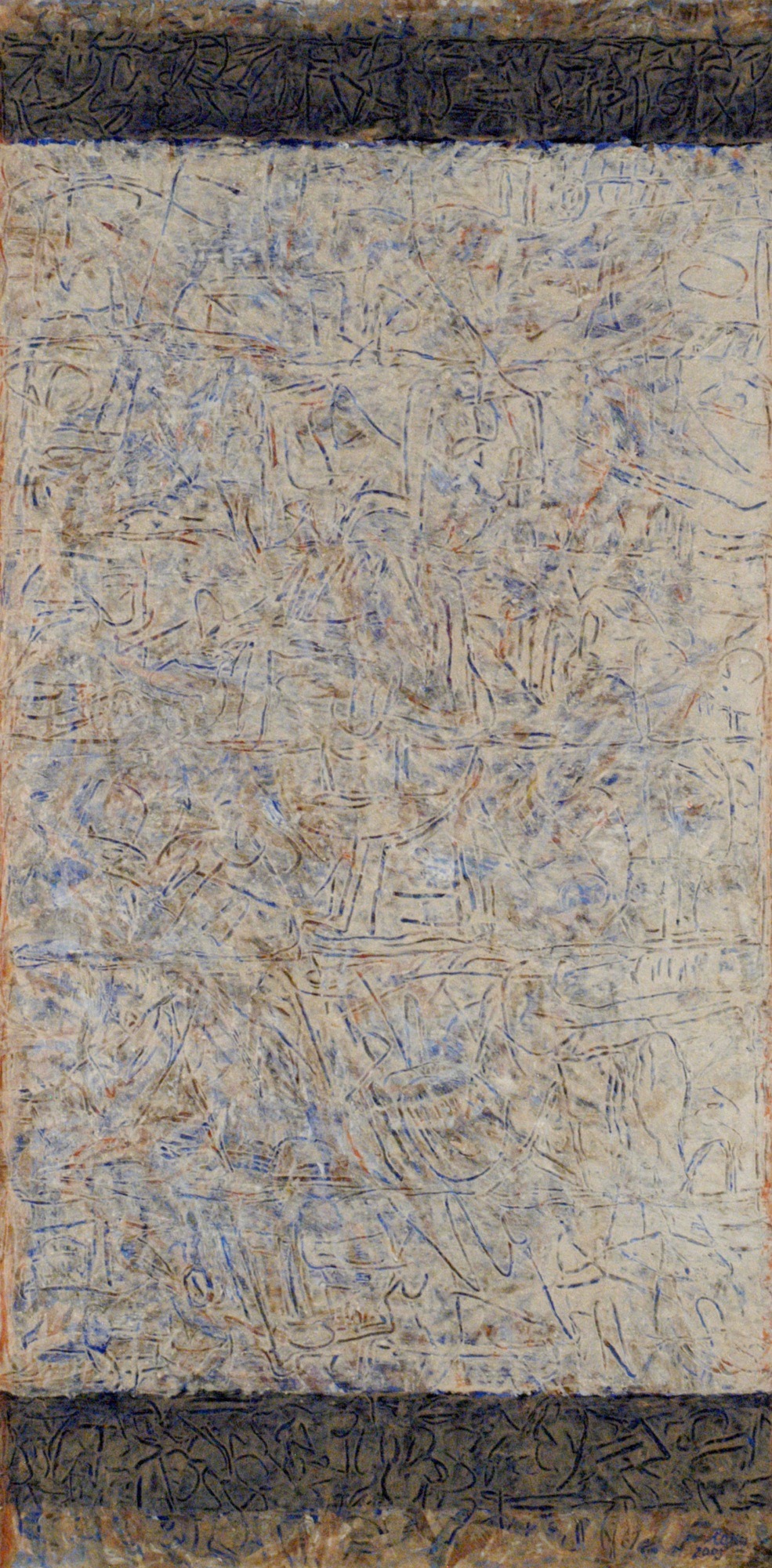
Letter to Paul Klee 15, 2003, mixed media on Japanese paper, 50 × 26 in., photo Jean-Louis Losi.
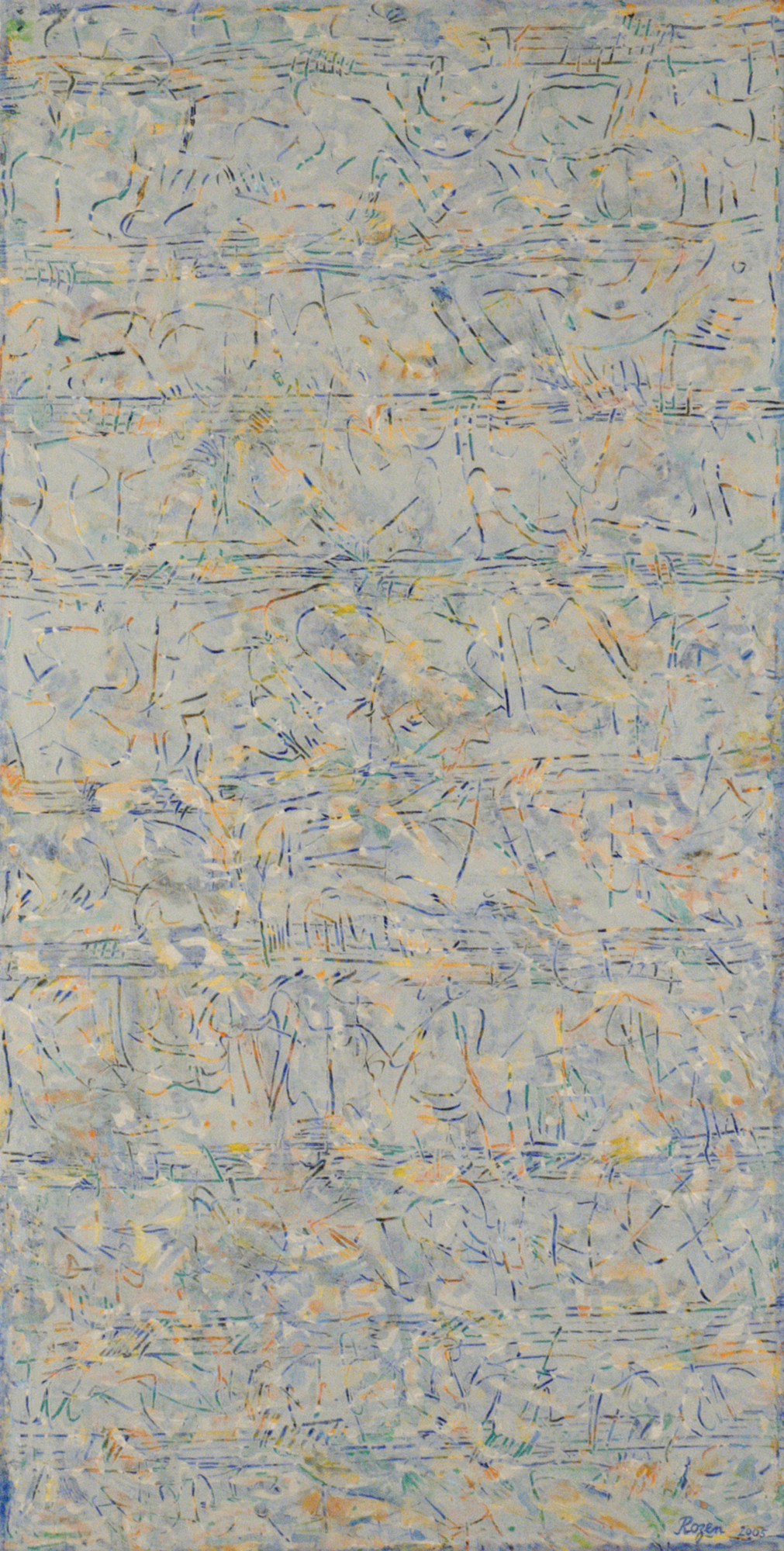
Letter to Paul Klee 17, 2003, mixed media on Japanese paper, 50 × 26 in., photo Jean-Louis Losi.
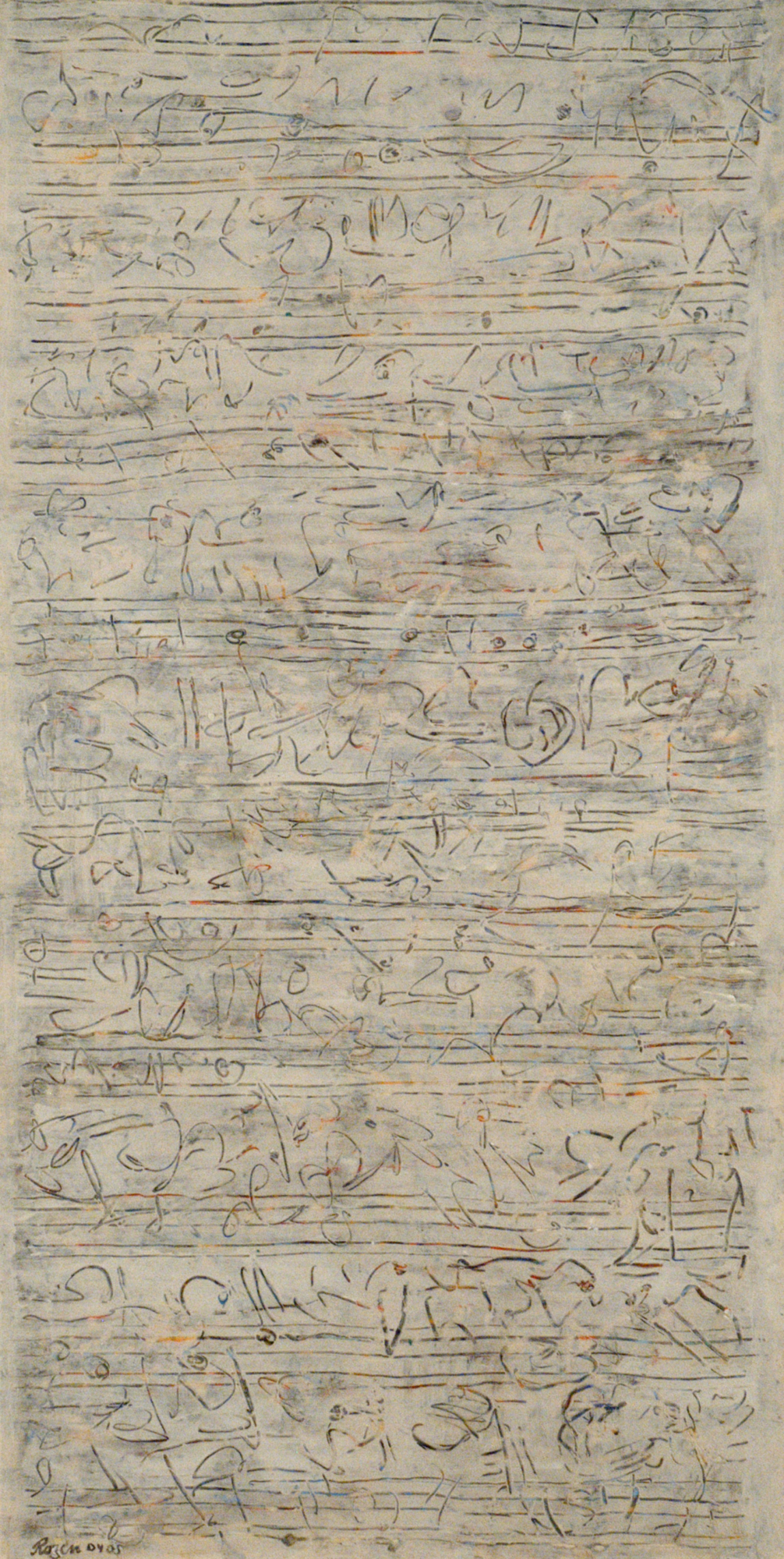
Letter to Paul Klee 13, 2003, mixed media on Japanese paper, 53 × 26 in., photo Jean-Louis Losi.




